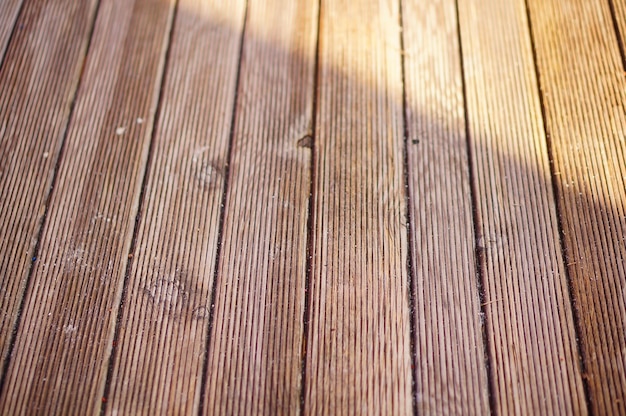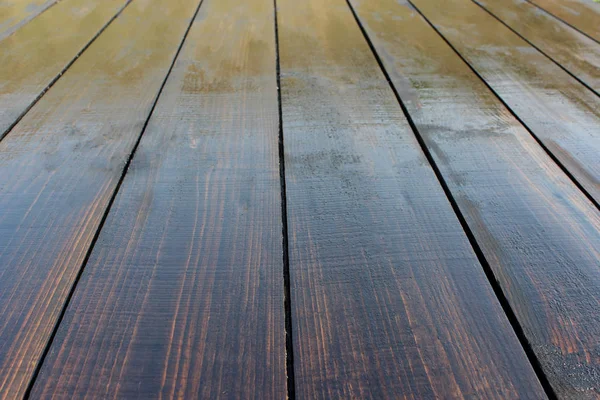Deck Staining Tips: Achieve Even Coverage And Long-Lasting Color Protection
Staining your deck is an essential maintenance task that not only enhances its appearance but also protects it from the elements. With the right techniques and materials, you can achieve even coverage and ensure long-lasting color protection. This article will guide you through the important steps and considerations involved in staining your deck. Access detailed insights on this topic.
Understanding the Importance of Deck Staining
Staining your deck serves multiple purposes, including aesthetic enhancement and protection from weather-related damage. Decks are exposed to UV rays, moisture, and temperature fluctuations, which can cause fading, cracking, and splintering. A good stain provides a barrier against these elements, prolonging the life of the wood and maintaining its natural beauty. Moreover, staining enhances the texture and grain of the wood, making it look more vibrant and appealing.
Choosing the Right Stain
Solid Stains
Solid stains provide excellent coverage and effectively hide imperfections in the wood, making them a popular choice for decks. They contain a high concentration of pigment, offering robust protection against UV rays and moisture. While they obscure the wood grain, they create a vibrant, uniform finish that can enhance the overall look of your deck. Solid stains require less frequent reapplication compared to transparent options, making them a practical choice for long-lasting results.

Semi-Transparent Stains
Semi-transparent stains strike a balance between coverage and showcasing the natural beauty of the wood. They allow the wood grain to remain visible while providing color and protection against the elements. These stains offer decent UV and moisture resistance, making them a popular choice for decks. They require reapplication every couple of years, depending on exposure to weather and wear.
Transparent Stains
Transparent stains highlight the natural beauty and grain of the wood while providing minimal color coverage. They penetrate deeply into the wood fibers, offering good protection against moisture and UV damage. However, due to their low pigment content, they may require more frequent reapplication to maintain color and protection. Transparent stains are ideal for those who wish to preserve the wood's natural appearance while ensuring adequate protection.
Preparing Your Deck for Staining
Repairing Damaged Areas
Before staining your deck, it's crucial to inspect and repair any damaged or rotting areas to ensure a uniform finish. Replace any severely damaged boards and sand down rough spots or splinters for a smooth surface. Addressing these issues not only enhances the appearance but also prevents further deterioration. Proper repairs contribute to the overall durability and longevity of the stain application.
Testing the Stain
Testing the stain on a small, inconspicuous area of the deck is essential before applying it to the entire surface. This allows you to assess how the wood reacts to the stain and whether the color meets your expectations. Keep in mind that the wet stain may appear darker, so allow it to dry to see the true shade. This simple step helps ensure a satisfactory outcome and avoids potential color mismatches.

Application Techniques for Even Coverage
When it comes to applying stain, technique plays a significant role in achieving even coverage. Follow these tips for optimal results:
- Use the Right Tools: Select appropriate tools for application, such as a brush, roller, or sprayer. Brushes are ideal for getting into the grooves of the wood and ensuring even distribution, while rollers can cover large areas quickly. If using a sprayer, be cautious to avoid overspray and ensure proper ventilation.
- Apply in Sections: Divide your deck into manageable sections and apply the stain in one section at a time. Start at one end and work your way to the other, ensuring you do not overlap wet and dry areas. This technique prevents lap marks and ensures an even finish.
- Follow the Grain: When applying the stain, always work with the grain of the wood. This approach not only enhances the appearance but also allows for better absorption. Apply a thin coat of stain, ensuring that it penetrates the wood fibers adequately.
- Check for Puddling: As you apply the stain, regularly check for any puddling or pooling in corners or low spots. If you notice any excess stain, immediately spread it out with your brush or roller to prevent uneven drying and discoloration.
Allowing for Proper Drying Time
Drying time is crucial for achieving a long-lasting finish. After applying the first coat, allow it to dry completely according to the manufacturer's instructions. This typically ranges from 24 to 48 hours, depending on the stain type and environmental conditions. Avoid foot traffic on the deck during this time to prevent imprints and disturbances to the wet stain.
Applying a Second Coat
Applying a second coat of stain can significantly enhance the color richness and durability of your deck. Wait until the first coat has dried completely, typically within 24 to 48 hours, before proceeding. Use the same application technique as the first coat, ensuring even distribution to avoid lap marks. This additional layer not only provides better protection against the elements but also extends the lifespan of your deck's finish.
Maintenance and Reapplication
To maintain the beauty and protection of your stained deck, regular maintenance is essential. Clean the deck regularly to remove dirt and debris, and check for signs of wear or fading. Depending on the type of stain used and the environmental conditions, you may need to reapply the stain everyone to three years.
Recognizing Signs of Wear
Recognizing signs of wear on your stained deck is vital for timely maintenance. Look for fading color, peeling, or areas where water no longer beads on the surface, indicating a loss of protection. These signs suggest that the stain is wearing off and may require reapplication to maintain the deck's appearance and durability. Regularly inspecting your deck can help prevent further damage and extend its lifespan.
Preparation for Reapplication
Preparation for reapplication of stain involves several important steps to ensure optimal results. Start by thoroughly cleaning the deck to remove dirt, debris, and any peeling or flaking stain. Repair damaged areas and sand the surface as needed to create a smooth finish for the new stain. Proper preparation enhances adhesion and promotes an even application, leading to a more durable and visually appealing result.

